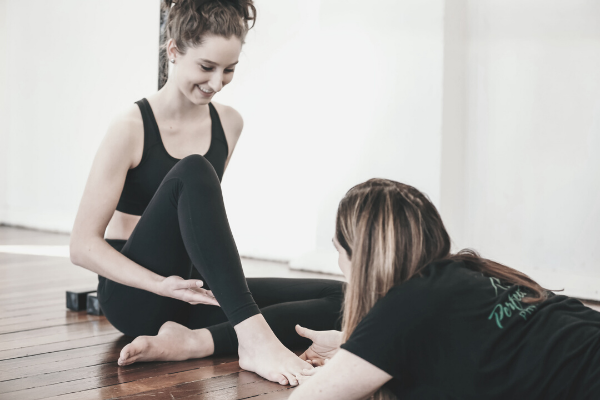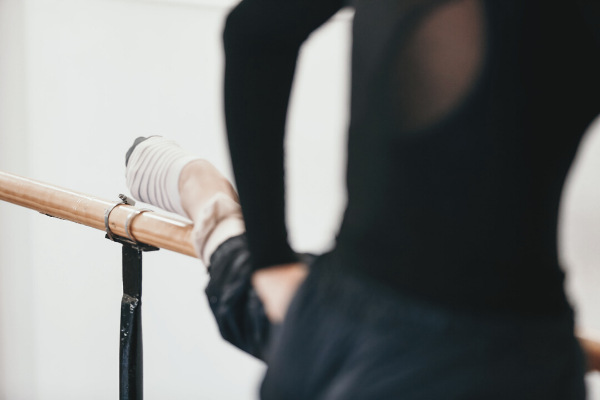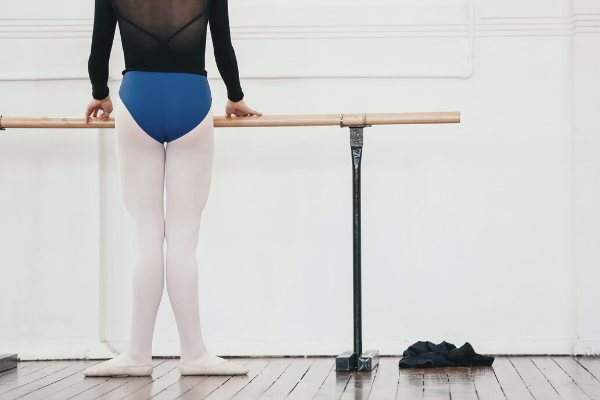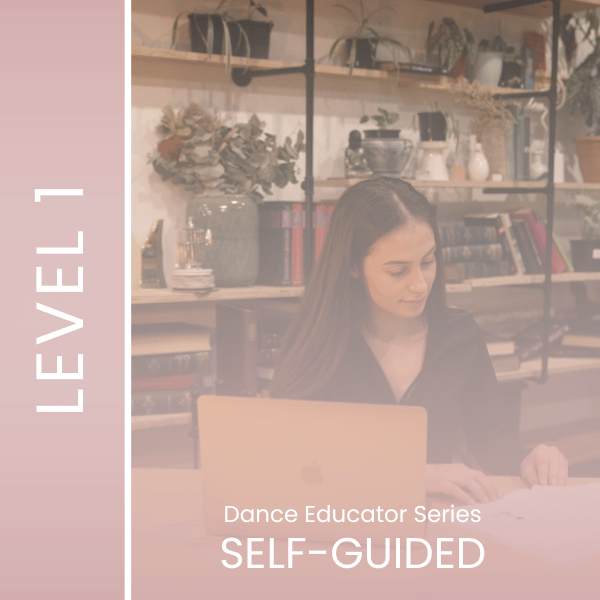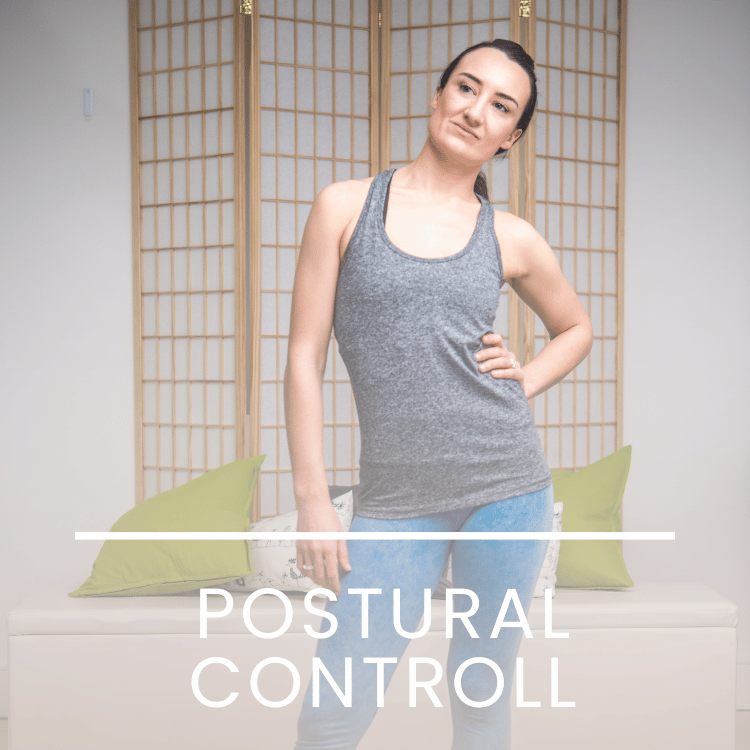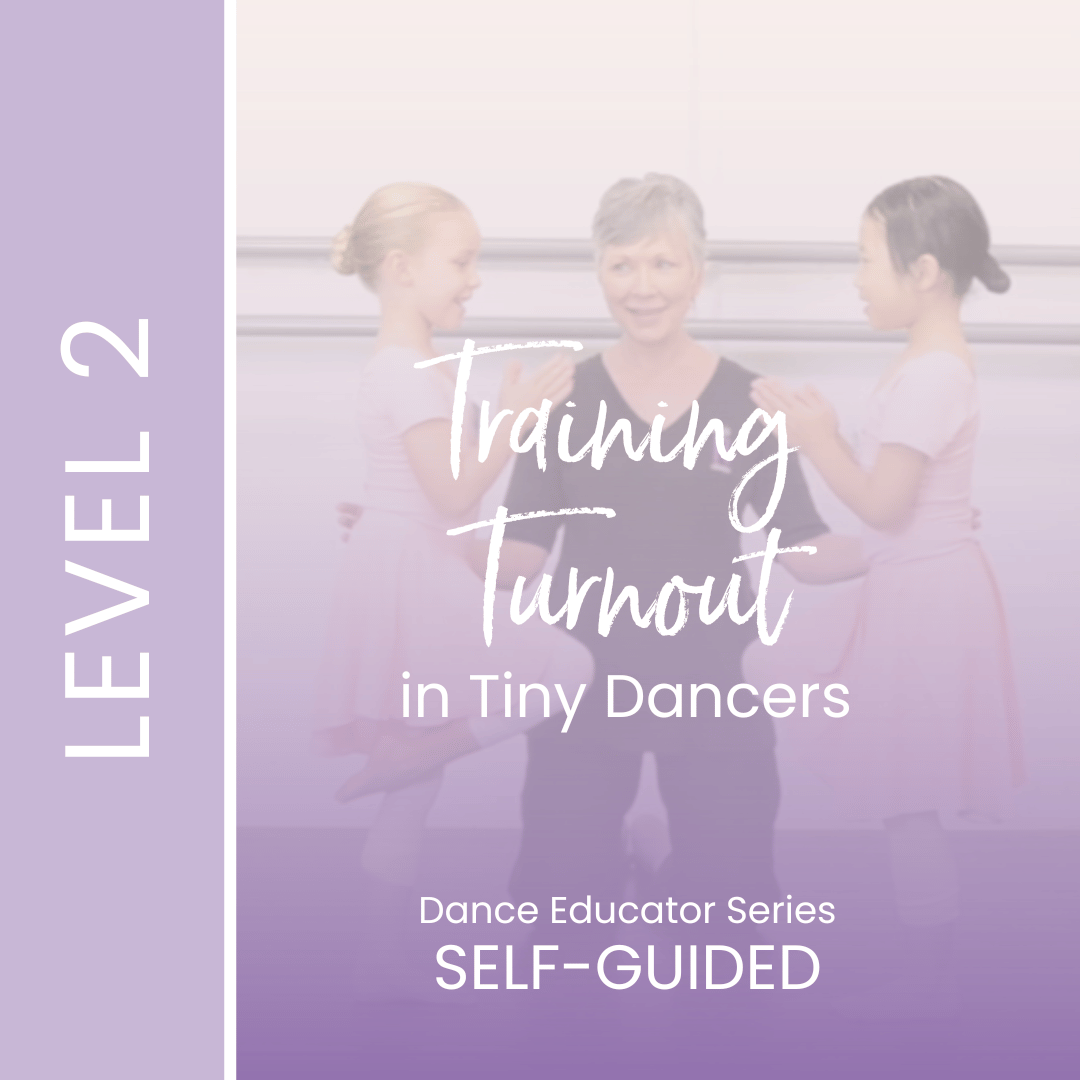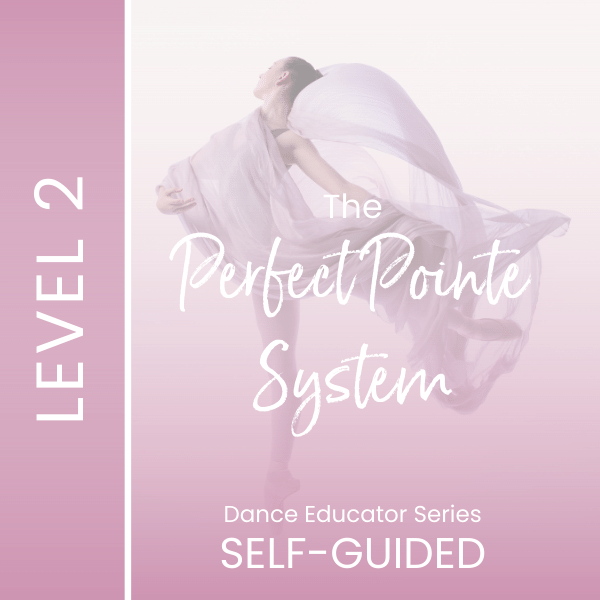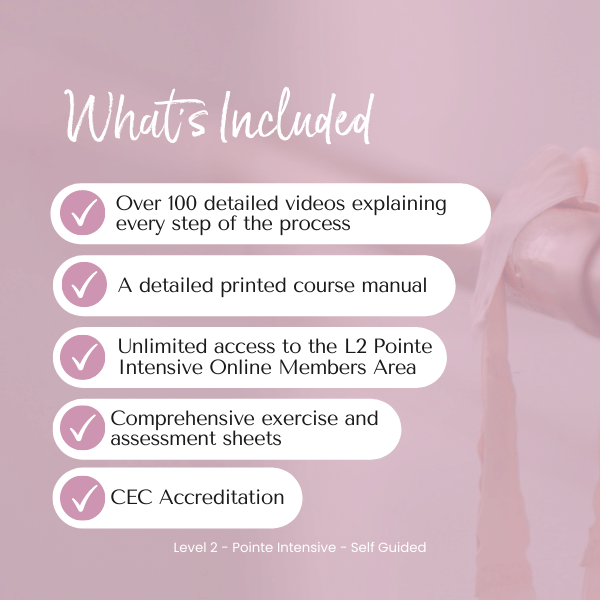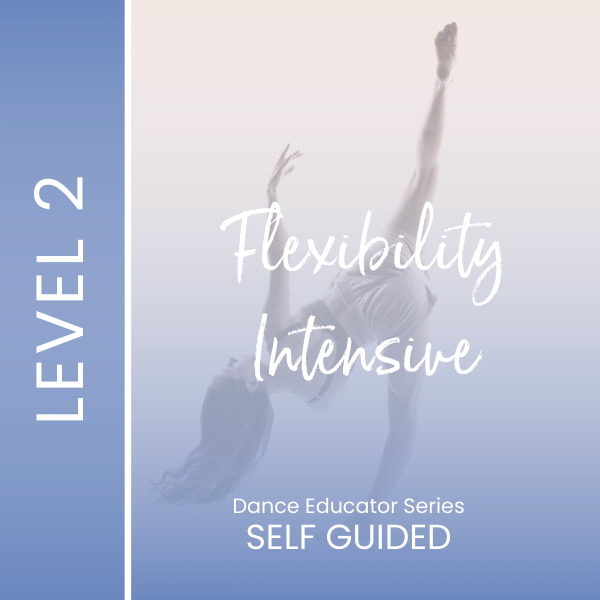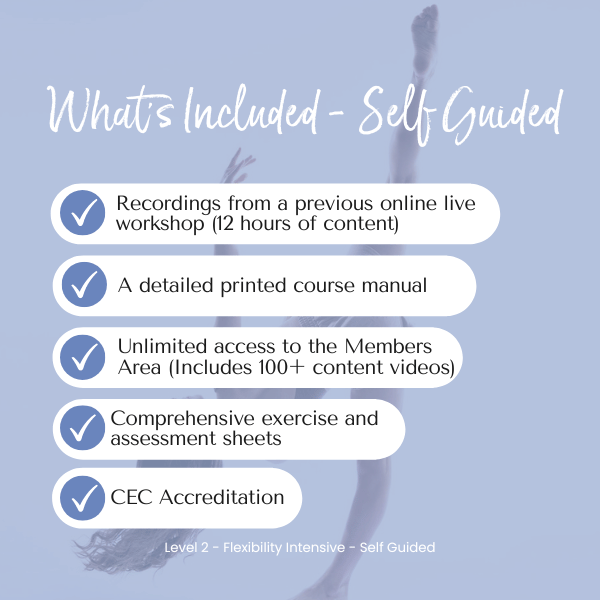- Free Articles
- Shop
- Workshops
- The Dance Educator Series
- Upcoming Workshops
- Workshop FAQ’s
- Host Application Form
- Student Workshop Application Form
- Dance Teacher & Health Professional Directory
- Workshop Testimonials
- Members Areas
- Cart
- My Account
Can Locking Back into my Knees be Harmful?
Hi Lisa,
I have heard that locking the knee when stretching the legs is harmful for the joint. Is this true and are there any common movements where locking the knee should be avoided completely?
Thanks,
Natalie.
P.S. I really love your videos!
Dear Natalie,
Thanks much for the feedback! Yes, locking back in the knees can be harmful to some individuals, and it is best avoided in your training. Check out the video below, as well as the anatomical illustrations that explain why this is not a great strategy.
Dancers who have hypermobility in their knees may have a tendency to lock the knees back in normal standing, especially when standing on one leg, when sitting on a chair with feet on the coffee table, or on the supporting leg when in arabesque or penché position.
It is important that we avoid hanging out subconsciously in these positions this as it may affect the ligaments in the knee joint and make the knee even more unstable over time.

The Anatomy:
There is a little pad called your 'Infrapatellar Fat Pad' that sits under the tendon at the front of your knee, below your knee cap. If you over-extend your knees over a period of time, you can squash this fat pad and cause irritation, swelling, and pain in the area. Obviously, if the fat pad is swollen it will tend to get compressed more easily, and a continual cycle of pain and inflammation may develop.
Taping Techniques:
Sometimes taping in a cross across the back of the knee can improve awareness of when the knee is fully straightened and this can help reduce the compression of the fat pad to help it heal. However, long-term it is better to learn how to control "the danger zone" by building strength and endurance with this exercise.
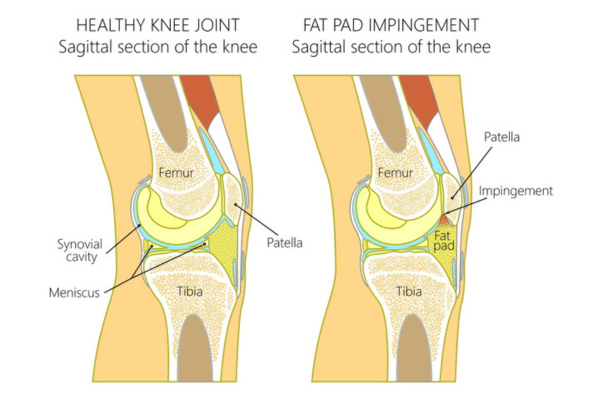
Training the "Danger Zone":
Build control in the zone between relaxed and hyperextension with this deceptively tricky exercise. Sit with the leg outstretched, and momentarily extend the knee into your full range. Lowe the heel slowly until it is 1cm (1/4 inch) off the floor and hold. The muscles above the knee should still be active. Hold for a few counts, lower, then repeat again. Don't worry if it shakes initially1 Focus on building endurance with this version, before adding in the point through the Demi-pointe variation.
Pulling Up vs Snapping Back:
There is a fine line between 'pulling up' and 'snapping back' the knees, and it is a difficult area to control for many individuals. Hypermobile individuals must focus on lengthening the leg, rather than overly contracting the quadricep to 'pull up' when straightening the leg, to prevent the knees from going too far back. Many dancers feel that they have to bend their knees, however, this is not the case. You do not have to bend the knee, just make sure that it is not 120% straight! This is also very important when walking normally, not just in ballet.
In Class:
Avoid the temptation to take your heels too far apart to create space for the knees. A space of 3cm (1 inch) should be sufficient for all dancers to develop control of the legs while maintaining a nice line. Under this, you may feel the kneed to bend the knees, more than this, you will increase the development of pressure through the front of the knee. Keep in mind that hyperextended knees also make it harder to fully rise onto Demi-pointe!
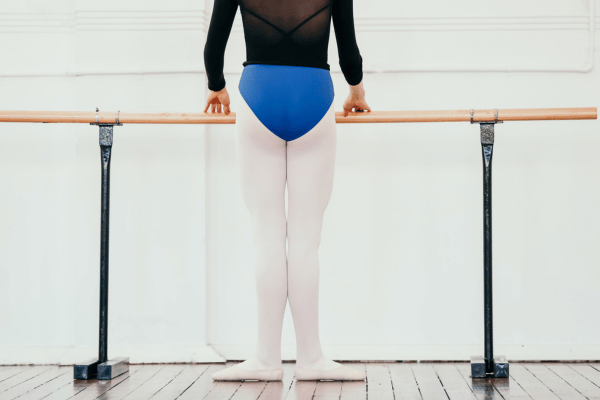
Overstretching:
Please avoid using any kind of external pressure to increase your hyperextension, whether this is from books, weights, your hands or another human applying pressure. This can cause long term instability in the knee, and will not contribute to a better line when dancing. There are much more intelligent ways of improving knee extension range in those that struggle with mobility in this area.
Remember:
Pushing into the direction you want to go is the slowest and most dangerous way of getting there!
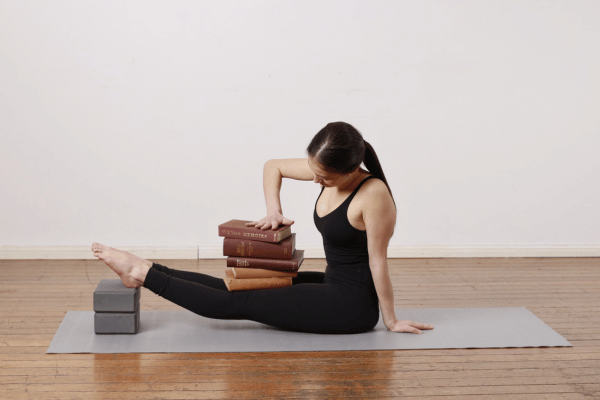
I hope this helps! For more information about this topic, please look into our Dance Educator Series of workshops, especially Level 1 - The Fundamentals.
Kind Regards,
Lisa Howell
Injury Resources
If you are looking to delve deeper into this topic, check out the following programs:
- Will I Ever Dance Again: The “Will I Ever Dance Again?” program is perfect if you are unable to train at full capacity, whether this is due to a foot injury, surgery, an accident or illness outside of the studio. It helps you build back to full capacity gradually while maintaining strength, flexibility and control in the rest of the body.
- Level One Dance Teacher and Therapist Training: This unique course covers a multitude of assessment and treatment techniques to individualise a dancer's training. With special focuses on Postural Control, Core Stability, Flexibility, Basic Classical Technique, The Dancers Hip, Allegro, Spinal Mobility and Arabesques, it is suitable for anyone working closely with dancers.
- 1
- 2

